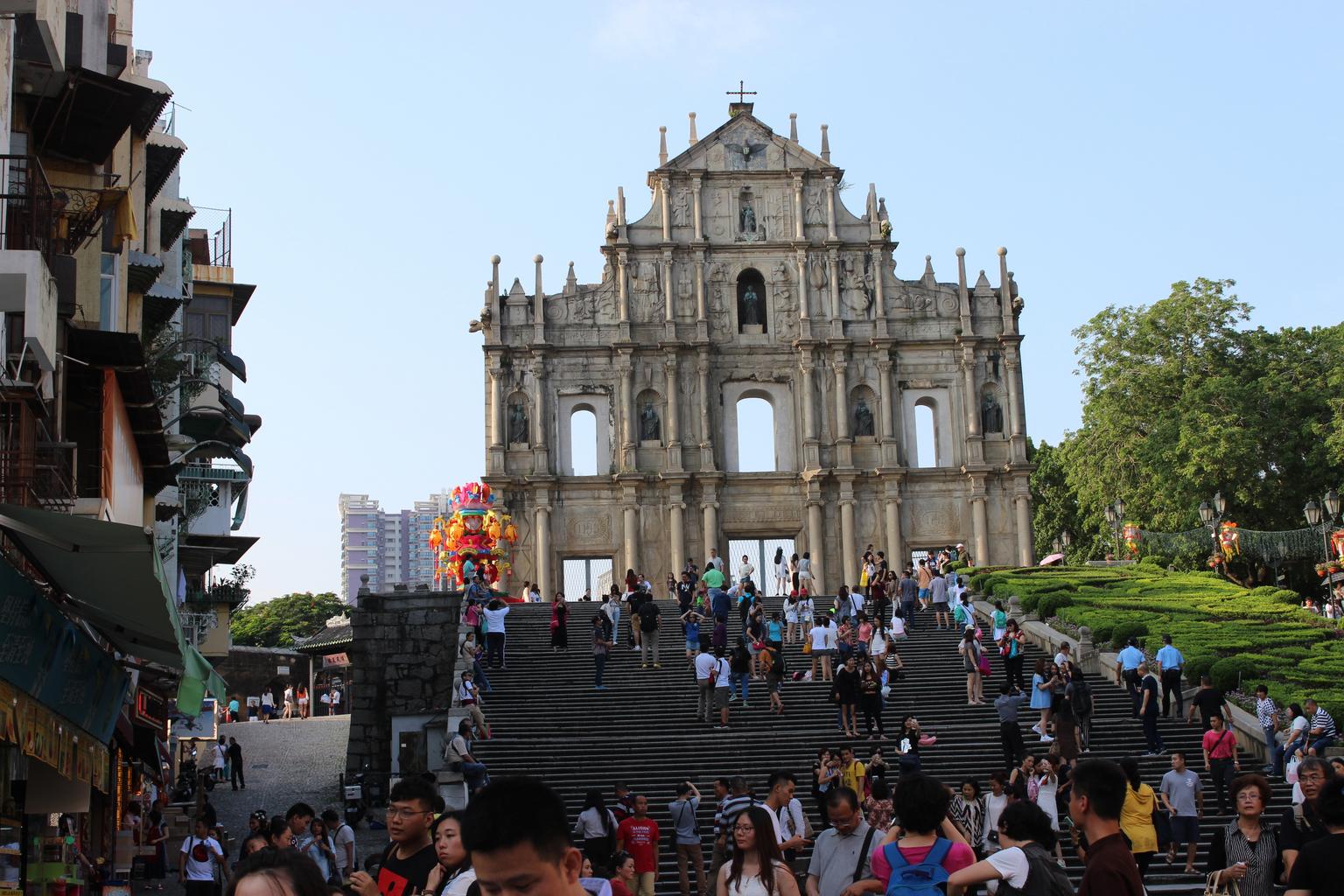Abstract
In the global economy, population density is an important indicator that influences economic growth, urbanization, and infrastructure of countries and regions. As of 2016, Macau had the highest population density in the world, with 19,800 people per square kilometre. This is the result of economic concentration due to Macau’s limited land area and reliance on the tourism and casino industries. This is followed by city-states such as Hong Kong and Singapore, which have experienced high levels of urbanization and economic development. On the other hand, countries with vast land areas, such as Canada and Russia, have low population densities and their main industries are resource development and agriculture, so their economic growth patterns are very different. In countries with high population density, there is a high demand for infrastructure and housing, raising questions about economic sustainability, while in low population density countries, labor shortages and stagnant economic development are issues.
Population density (per km^2 of land)
Changes in population density in the global economy show different characteristics depending on the stage of urbanization, economic development, and regional development. Data from 1990 to 2016 shows that Macau reached its peak population density in 2001, with 21,400 people per square kilometre. However, Macau’s current population density has fallen to 92.4% of its peak. This may be due to land limitations, slowing population growth, or the migration of some people to other areas. City-states and economically concentrated regions tend to have large populations concentrated in a limited amount of land, resulting in high population densities, but after peaking, economic growth stabilizes and population density tends to decrease slightly. Meanwhile, the world as a whole continues to experience a concentration of population in urban areas, with infrastructure development and urbanization contributing to further increases in population density. High density areas pose challenges in terms of infrastructure and livelihood sustainability, and economic diversification is necessary.


The maximum is 21.4kpeople[2001] of Macao, and the current value is about 92.4%
Population density (per km^2 of land area) (worldwide)
Looking at world population density data from 1990 to 2016, Macau recorded the highest peak of 21,400 people per square kilometre in 2001. However, Macau’s population density has now fallen to 92.4% of its peak. This may be due to maturing economic growth, limited land availability, slowing population growth, or even outmigration of some residents. In city-states and economically concentrated areas like Macau, land constraints and high economic activity lead to high densities, but after peaking, density tends to gradually stabilize and decline slowly.


The maximum is 21.4kpeople[2001] of Macao, and the current value is about 92.4%
Population density (per km^2 of land area) (worldwide, latest year)
According to data on population density in the world’s economies in 2016, the highest is Macau, with 19,800 people per square kilometer. This is due to the economic concentration of Macau, where tourism and casino businesses are thriving. Meanwhile, the world average population density is 405 people, with significant regional differences. The total population density is 78,100, with the density being higher in more urbanized areas and economically developed city-states. The data shows that trends towards urbanisation and economic concentration continue, with smaller city-states especially prone to becoming densely populated. On the other hand, countries with vast land masses remain low-density and are characterized by uneven population distribution. In the future, infrastructure and housing demand will remain challenges in high-density areas, while low-density areas will continue to require population growth and economic revitalization.


The maximum is 19.8kpeople of Macao, the average is 406people, and the total is 77.5kpeople
Population density (per km^2 of land) (region, latest year)
Looking at the world’s population density based on 2016 data, South Asia has the highest population density at 370 people per square kilometre. This density has been recorded in South Asia, which includes highly populated countries such as India and Bangladesh, where populations are concentrating due to urbanization and economic development. Meanwhile, the world average population density is 85.8 people, or 944 people in total. These figures reflect the contrasting population distribution between urban and rural or low-density areas. Historically, population density has tended to increase in economically developing regions and city-states, while countries and regions with vast amounts of land have remained low. Particularly in developing countries in Africa and Asia, population growth is putting pressure on urban infrastructure and the environment, making sustainable development a challenge. Infrastructure development and urban planning will continue to be key themes in high-density areas.


The maximum is 57.4people of World, the average is 57.4people, and the total is 57.4people



Comments